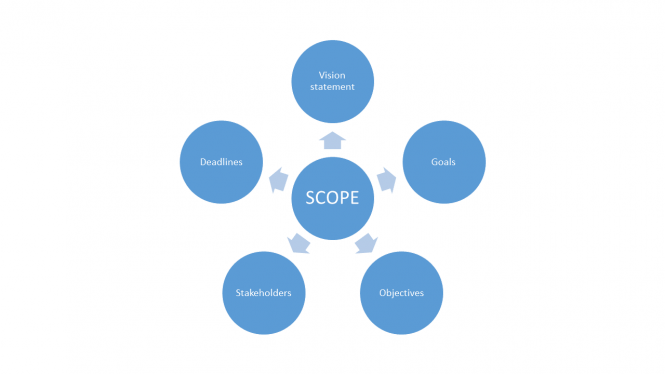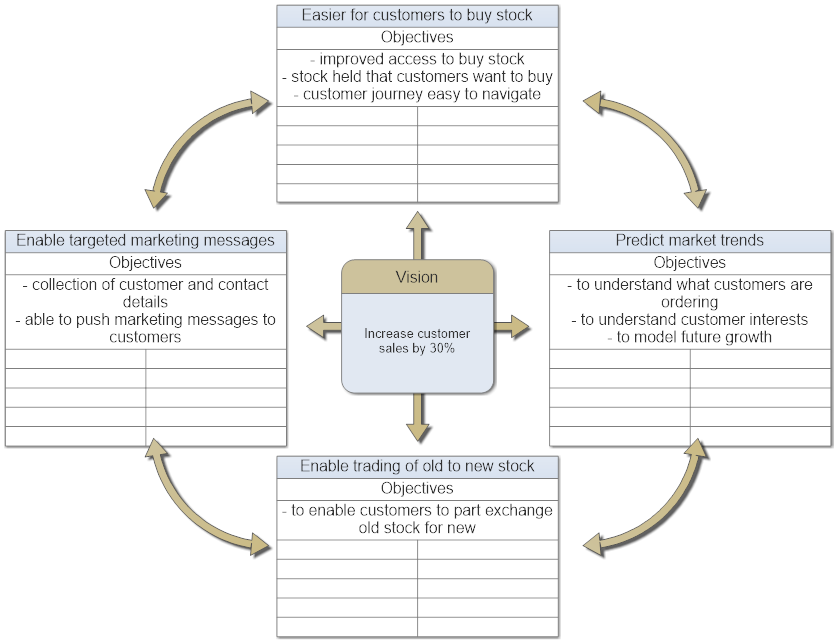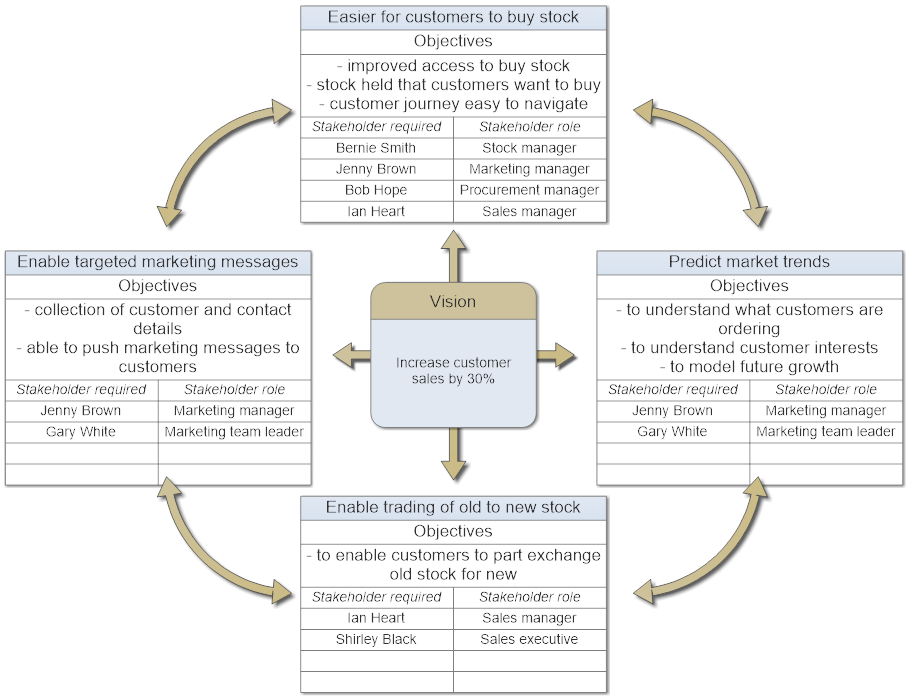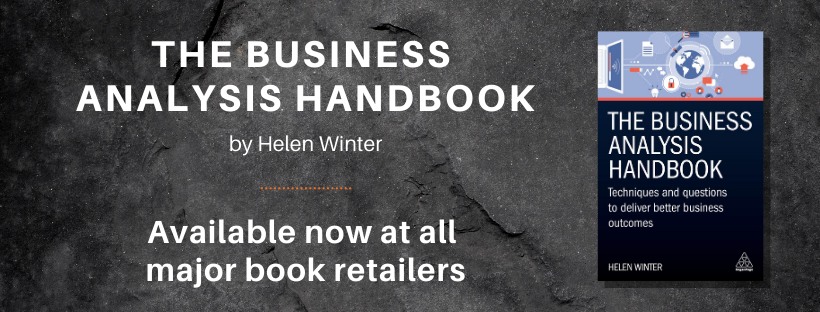
Scope must be identified at the beginning of a project regardless of the methodology being used. It is to ensure the breadth of the project is agreed before going into any detail.
Without doing this it would be impossible to:
- Plan what is required and by when.
- Estimate costs.
- Manage change.
- Understand whether the project has delivered what is required.
Scope should be identified by speaking to the sponsor first to ensure his/her vision for the project is captured.
Questions to ask are:
- What is your Vision?
- What are the goals
- What are the objectives?
- Who should be involved in the project?
- Are there any deadlines associated with this project, if so what are they and why?
The answers should be documented in a scope statement and agreed with the sponsor before proceeding.
This will be a section in the Vision document / Business Case or Feasibility document depending on what your company calls it. See the article an overview of BA deliverables for an guide to these documents.
Ensure all of the stakeholders identified understand and agree with the vision and whether they see other problems or opportunities that are needed. If you are still having trouble understanding the bigger picture to obtain this then the article obtaining benefits and justifications will provide further guidance.
The above questions should be asked again with wider senior stakeholders alongside the vision statement obtained from the sponsor.
The scope statement should then be updated with any additional information obtained and agreed with all the stakeholders involved including the sponsor.
As scoping involves senior stakeholders they may have a preference for Visual stimulus over other methods as they like to see the bigger picture and deal with concepts over detail. See the article modalities or this video for a further explanation. Therefore, include diagrams to show the scope.
There is an example below which is what I would call a picture on a page.
This shows on 1 page the:
- Vision
- High level goals
- Objectives
It may take several iterations as each time the picture is reviewed may trigger additional contributions.

All stakeholders need to be identified along with a knowledge of their business areas and roles. Permission also needs to be granted to speak with them and it helps if they know they are going to be contacted about the project and have time allocated. It can be very problematic if a new stakeholder is identified late as buy in can then become more difficult than if they were involved earlier.
In the example below the diagram on a page example has been updated with the stakeholders to involve. This then builds on the format that the stakeholders have become familiar with. A good scenario would be if the stakeholders involved including the sponsor are carrying around this diagram and are using it to explain the project.

Thoughts? Questions? Please share in the comments.
If you have found this article useful then you might like my book – The Business Analysis Handbook – Techniques and Questions for better Business Outcomes. The book is available from www.koganpage.com and all major print and e-book retailers.


Thanks Helen for explaining importance of scope. I found it really interesting as i was able to relate my learnings from Design Thinking. Though i am curious to know if we have to choose the stakeholders too, who would give a better perspective to the problem, as not everyone can understand what to expect out of someones idea. Design team has to be constructive and optimistic in the initial phase of idea realization.
Thanks Saurabh for your comments. Glad you can relate to it. Yes you are right stakeholders will need to be identified too in the design stages as these may be different as getting into more levels of detail.
Regards,
Helen
Hi Helen!
Thanks so much for this article. I will present this topic Friday in my BA Team enrichment session!
Hi April,
Glad you find this useful. Good luck with your presentation.
Regards, Helen